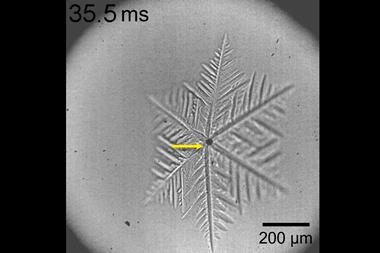New high-resolution simulations depicting how local geography affects the transport of carbon dioxide in the Earth’s atmosphere have been created by Nasa. The visualisations, which have around 64 times greater resolution than most global climate models, is a product of the agency’s GEOS-5 computer model. In the model, real data on emissions and atmospheric conditions are input and the behaviour of Earth’s atmosphere is simulated for a two-year period between May 2005 and June 2007.
The simulation highlights how local weather patterns affect carbon dioxide levels in the atmosphere. For example, the close-up view offered of North America in February 2006 shows that westerly winds created by the warm currents of the Gulf Stream carry carbon dioxide emissions eastward over the Atlantic Ocean.
When looking at Asia industrialised countries stand out as the major sources of carbon dioxide emissions. The natural barrier of the Himalayas is notable too, redirecting the flow of the subcontinent’s wind. African fires are also visible in new simulations. Past visual representations have shown regions of major human created emissions, but this new close-up depicts the emission of carbon dioxide and carbon monoxide from fires in southern Africa between August and September 2006.























No comments yet